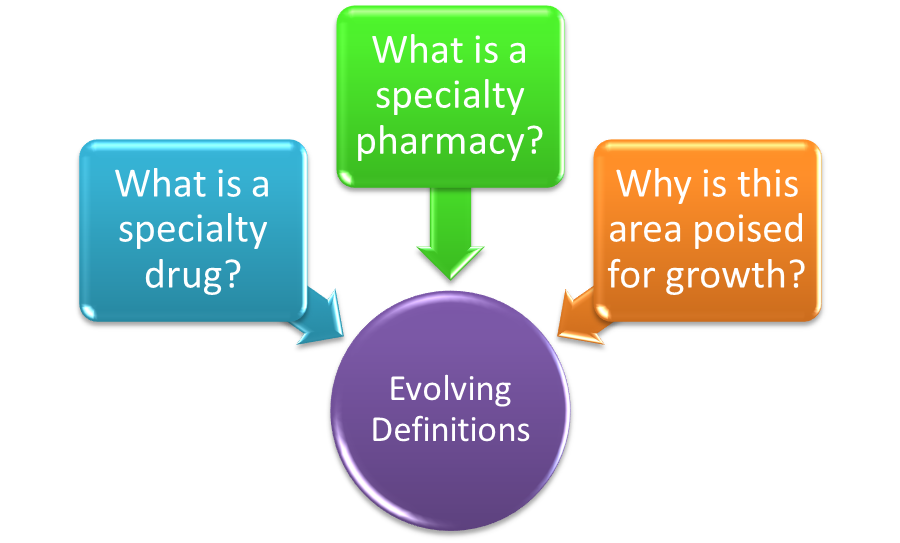Without action, a one-way ticket to rising drug costs
If you are of a certain age, you recall that at the turn of this century, working families and seniors took bus trips to Canada in pursuit of lower-cost prescriptions unavailable here at home. Passengers lined up with empty shopping bags and suitcases and returned with several months’ worth of prescriptions. Unless we take action soon, many Americans may again find themselves booking bumpy bus rides up north.
Specialty biologic drugs are sophisticated prescriptions that are transforming lives for millions of Americans with inflammatory conditions, multiple sclerosis, cancer, HIV, or hepatitis C. These breakthrough drugs help people return to work, spend quality time with loved ones, and enjoy many of the things we all too often take for granted. However, when a year’s supply of a medication starts to rival the cost of a home, we have a big problem.
Consider these troubling trends: In 2012, the unit-cost increase for specialty biologic drugs was 18.7 percent for commercial payers, 16.7 percent for Medicaid, and 26.8 percent for Medicare. And that’s despite the fact that specialty prescriptions actually declined.
Because specialty drugs comprise a small percentage of the overall number of prescriptions — at least for now — these double-digit price increases are generally hidden. By 2016, we project that seven of the 10 top-selling prescriptions will be specialty drugs. Between now and the end of 2015, we estimate that spending on specialty prescriptions will increase 67 percent.
One of the great healthcare success stories of the past decade has been the dramatic decline in the growth rate of prescription drug spending for traditional pills. In 1999, the annual growth rate was galloping along at 18.2 percent. Confronted with this unsustainable growth that threatened to overwhelm budgets, employers turned to pharmacy benefit managers (PBMs) to help control runaway costs.
Working on behalf of consumers and payers, PBMs created competition by compelling discounts from drug manufacturers who wanted placement for their medications on employers’ and health plans’ drug lists. Similarly, PBMs negotiated discounts with tens of thousands of chain drugstores and independent pharmacies to help ensure lower prescription drug costs. PBMs expanded the availability of lower-cost generic drugs and introduced new lower-cost pharmacy options, including a 90-day medication supply delivered to a patient’s doorstep. This strategy works. By 2011, the annual rate of growth in prescription drug costs was down to just 3 percent.
But today, these gains are at risk. Our specialty drug system currently lacks the same market-based tools that we used in the past to bring down the costs of traditional medications. The good news is there are at least two common-sense steps policymakers should take in the coming months to address the high cost of specialty drugs.
First, we must more rapidly bring to market generic versions of high-cost specialty drugs — called biosimilars. Despite being safely used in at least 27 healthcare systems including Japan, Germany, the United Kingdom, France and Canada, biosimilars remain unavailable in the United States. The Affordable Care Act directed the U.S. Food and Drug Administration to create a clear pathway for bringing biosimilars to market, but the follow-up has been lacking.
Second, policymakers should reject legislation that brand-name drugmakers are pushing in every state to significantly undermine the ability of employers and Medicaid to encourage the use of biosimilars — if and when they ever come to market. Yes, even before lower-cost biosimilars have come to market anywhere in our nation, these big biotech firms are advocating legislation that would make it almost impossible for physicians and patients to take advantage of them.
The growth of specialty drugs presents our system with great opportunities and challenges. In the years ahead, we have the experience and know-how to expand access to specialty drugs while driving down costs for consumers and payers. Stakeholders have done so before and can do so again, if given the chance.
Without the political will to do something now, the cost of specialty drugs — as well as the popularity of bus rides to Canada — will grow exponentially.
Miller is chief medical officer of Express Scripts, a pharmacy benefit manager with headquarters in St. Louis.






